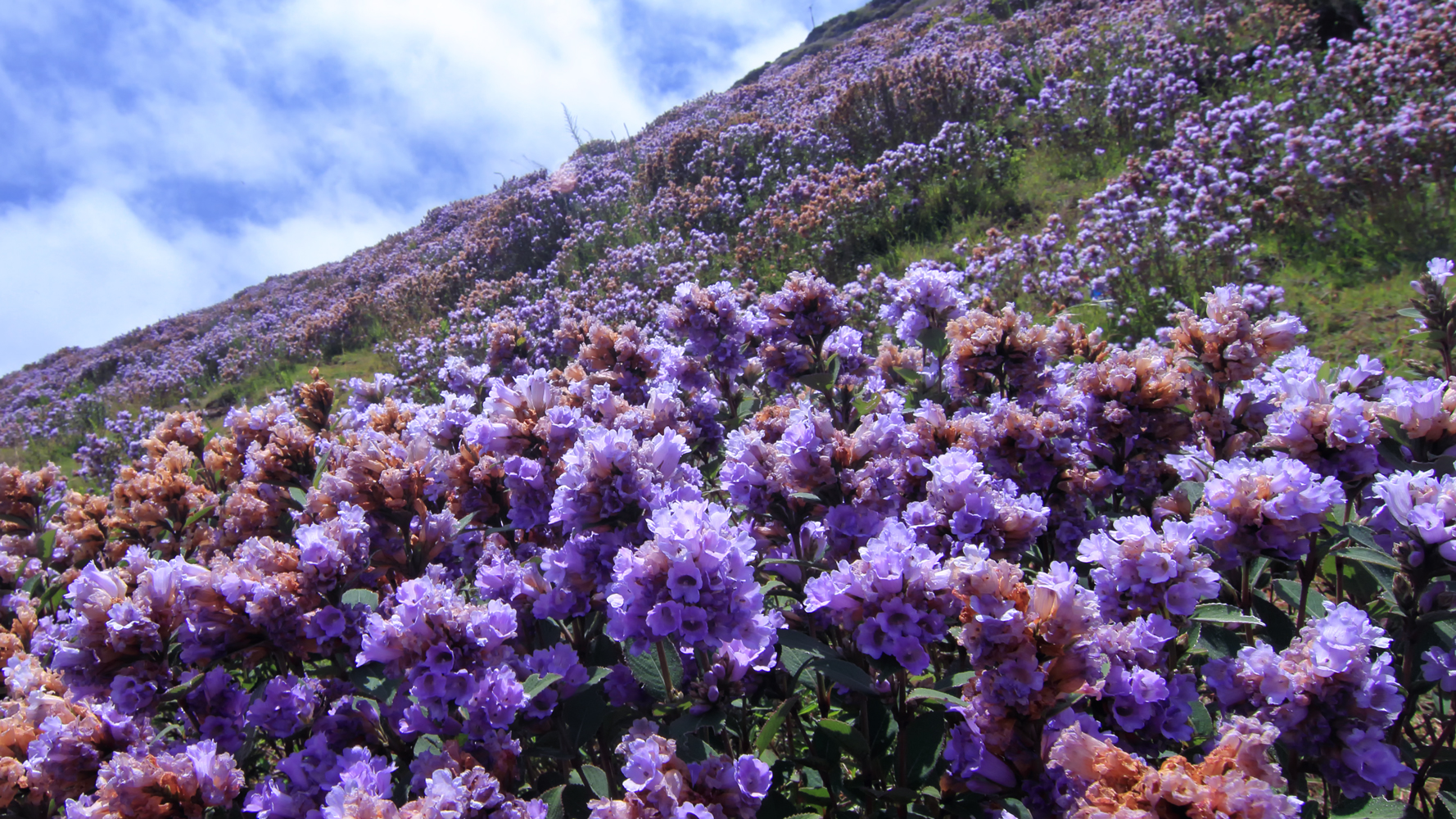Pristine Wildlife Sanctuary with Prehistoric Rock Art in Kerala




The Chinnar Wildlife Sanctuary represents a remarkable ecological and archaeological treasure nestled in the Western Ghats of Kerala. Spanning an expansive landscape of protected forests, this sanctuary embodies a complex intersection of natural preservation, prehistoric human habitation, and extraordinary biodiversity.
Geographically positioned in the Idukki district, the sanctuary straddles the Kerala-Tamil Nadu border within the Anaimalai Hills. Its topographical diversity creates a mosaic of habitats that support an impressive array of wildlife species, including endangered mammals like the Indian leopard, spotted deer, elephants, and gaur. The region's ecological significance extends beyond mere species protection, representing a critical segment of the biodiversity hotspot that is the Western Ghats.
Archaeological evidence within the sanctuary offers profound insights into prehistoric human settlements. The area's rock art and dolmens, estimated to be between 5,500 to 10,500 years old, provide tangible connections to ancient human cultures. These megalithic structures, particularly concentrated in adjacent regions like Marayoor, showcase intricate stone burial chambers with distinctive architectural features, including strategic openings believed to guide souls of the deceased.
The sanctuary's human landscape is equally fascinating, characterized by indigenous tribal communities like the Muthuvas and Pulayars. These communities maintain unique cultural practices, including small-scale traditional cultivation and distinctive religious ceremonies. Their presence highlights the intricate relationship between human settlements and protected natural environments, demonstrating sustainable coexistence with complex ecological systems.
Biodiversity conservation remains a primary mission of the Chinnar Wildlife Sanctuary. Its contiguous connection with Eravikulam National Park and Indira Gandhi Wildlife Sanctuary creates an expansive ecological corridor. The sanctuary plays a crucial role in protecting endangered species, with specific focus on rehabilitation efforts for vulnerable wildlife like the Indian star tortoise, embodying a comprehensive approach to wildlife management.
The sanctuary's geological and ecological composition creates a remarkable landscape of scientific and aesthetic value. Its varied terrain encompasses multiple ecological zones, supporting a rich tapestry of flora and fauna adapted to different microclimates. The region's unique rock formations, diverse vegetation, and complex wildlife interactions make it a living laboratory for ecological research and environmental understanding.
Contemporary conservation strategies at Chinnar emphasize both preservation and sustainable tourism. The sanctuary attracts researchers, wildlife enthusiasts, and cultural historians, offering controlled access that balances ecological protection with educational and tourism opportunities. Its management approach reflects modern conservation principles that recognize the interconnectedness of natural habitats, indigenous cultures, and broader environmental sustainability.
As a protected area under the Kerala Forest Department, Chinnar Wildlife Sanctuary represents more than a mere geographical location. It is a dynamic ecosystem embodying the delicate balance between natural preservation, cultural heritage, and contemporary environmental management. Its significance extends far beyond its physical boundaries, serving as a critical node in understanding biodiversity, human-nature interactions, and the ongoing challenges of conservation in the 21st century.
Enhance your journey with these nearby attractions that offer similar cultural experiences

Idukki, Kerala
Pristine National Park Showcasing Kerala's Remarkable Biodiversity

Munnar, Tamil Nadu
Highest tea plantation in world, nestled amidst Nilgiri mountains

Idukki, Kerala
Mysterious forest where legends of lost travelers come alive

Palakkad, Kerala
Pristine Tiger Reserve Protecting Biodiversity in Western Ghats